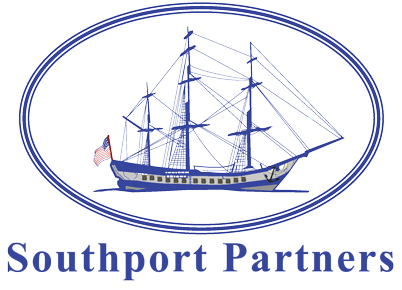Gillette Acquisition
Southport Partners Represents Gillette in the Acquisition of Parker Pen

It’s not like Gillette didn’t know about the Parker Pen company — they had been trying to acquire it for years.
Gillette owned Waterman, which was a fierce rival in the fine writing instrument market. Gillette wanted both.
When we approached Gillette about acquiring Parker Pen, we knew something they did not. This was our key to getting the assignment to represent them.
From the 1920s to the 1960s, before the development of the ballpoint pen, Parker was either number one or number two in worldwide writing instrument sales.
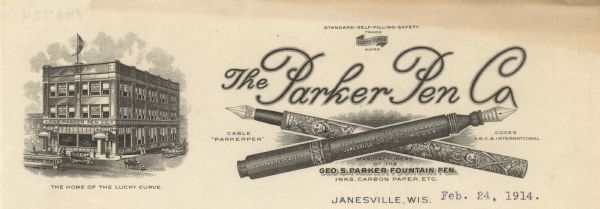
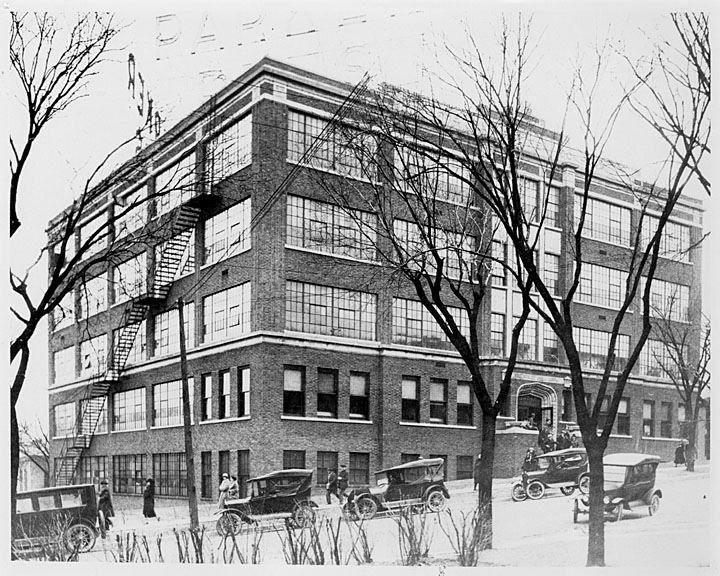
In 1941 the company developed the most widely used model of fountain pen in history (over $400 million worth of sales in its 30-year history), the Parker 51.
Manufacturing facilities were set up over the years in Canada, United Kingdom, Denmark, France, Mexico, USA, Pakistan, India, Germany, Brazil and Argentina.
A private equity-backed management buyout in 1987 moved the company’s headquarters to Newhaven, East Sussex, England.
Waterman Pen Background
Lewis Waterman founded the company in New York in 1883.
They expanded aggressively worldwide. The company’s main selling point was always quality and reliability.
But Waterman’s more innovative competitors gained market share—Parker, Sheaffer, and Wahl-Eversharp, in particular.
Waterman struggled before finally shutting down in 1954.
Waterman’s French subsidiary continued to prosper and eventually absorbed what remained of the American company and its British arm.
Bic bought and later sold Waterman.
Waterman was then acquired by The Gillette Company in March 1987 which grew overall sales by 40% with its aggressive North American sales organization.
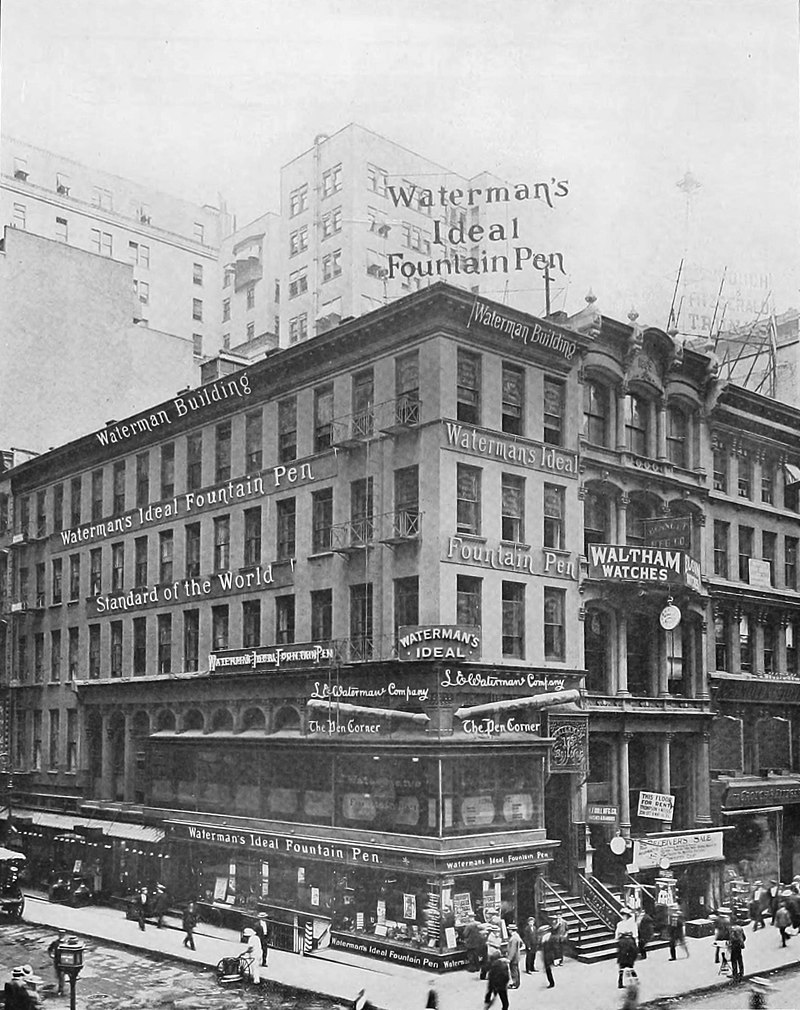
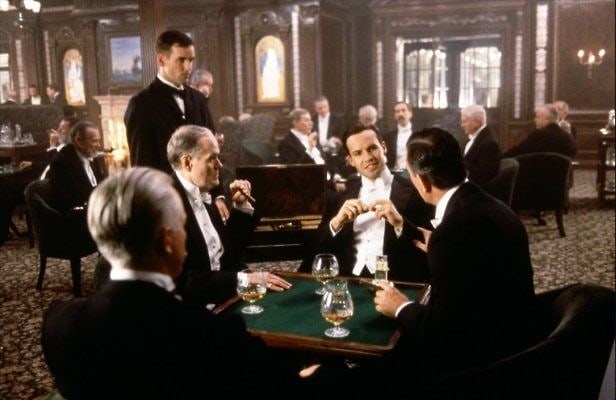
What did Southport Partners know about Parker Pen, that Gillette did not?
From our affiliate network in the U.K. we learned that Schroder Ventures, the private equity shop that, together with management, had bought Parker Pen a few years prior was getting ready to sell it. Gossip picked up at the club,
When we approached Gillette with this insight, they were thrilled to retain us, to perhaps at long last get their hands on Parker Pen. This advance information could avoid an auction and bidding war.
With this advance notice, Gillette worked with Southport Partners on crafting a winning bid.
Now formally representing Gillette, we went to Schroders (major shareholder driving the impending process) and obtained detailed financial information.
Since Gillette was the most highly qualified likely bidder, Schroders was happy to see their interest. Gillette soon put a compelling $585 million offer to Schroders.
Although Schroder’s continued to move forward with a sale process, it soon became aparent that no bidders were willing to go up against Gillette.
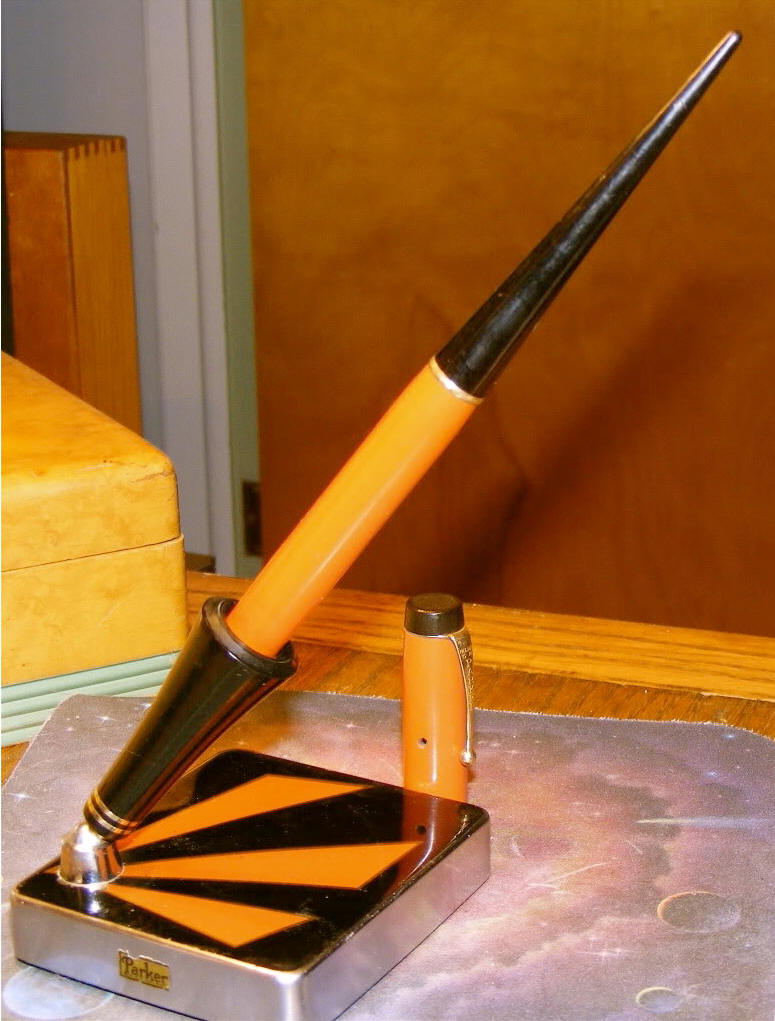
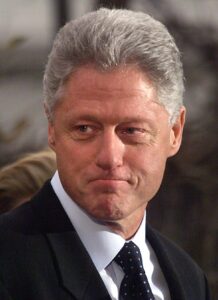
Nothin’s easy, however.
Bill Clinton had just been elected President, and he announced a tough new approach to anti-trust enforcement.
When the Gillette-Parker pen deal was announced, the Justice Department jumped on it to show the world they were getting tough under Clinton. It was their first action under Clinton.
Their claim: Gillette might monopolize the $40 million market for ‘fine writing instruments’ ($50 – $400 each).
Southport Partners worked for months with Gillette fighting the Justice Department. It was hard to believe they chose this deal to make a stand.
Southport Partners generated analyses and documents to show how wrong it was to think Gillette could dominate the very competitive writing instrument market, of which expensive ink pens were just a sliver.
Fortunately, after nearly a year of wrangling, the courts put an end to Justice’s case, ruling that the “fine writing instrument” market was just part of a larger, very competitive writing instrument market.

